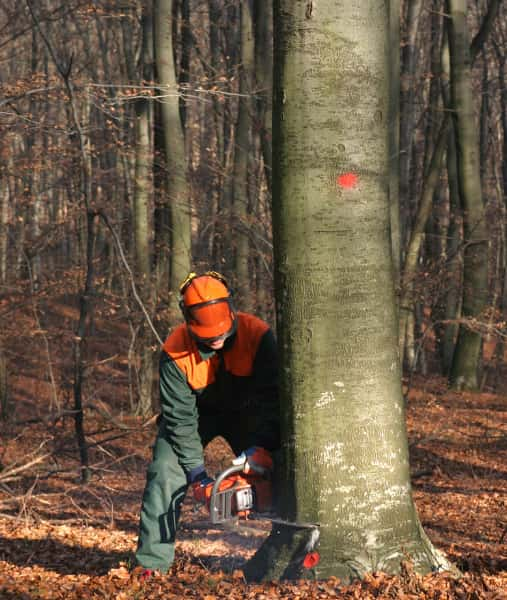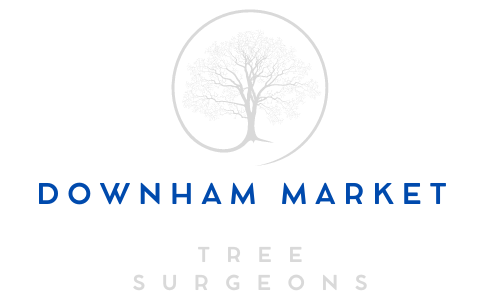Guardians of Greenery: Hedge Cutting Strategies for Managing Pests and Diseases
Introduction: Hedges are not immune to the threats of pests and diseases, which can weaken their health and compromise their beauty. As guardians of your greenery, it’s essential to implement effective hedge-cutting strategies to manage and mitigate the risks posed by pests and diseases. In this blog post, we’ll explore proactive approaches to hedge cutting that can help protect your hedges from common pests and diseases, ensuring they remain vibrant and healthy for years.
Pruning for Prevention:
- Prevention is often the best defence against pests and diseases. Regular hedge cutting and pruning can help maintain the health and vigour of your hedges, making them less susceptible to infestations and infections. By removing dead or diseased branches, you can prevent the spread of pathogens and create a healthier growing environment for your hedges.
Promoting Air Circulation:
- Proper air circulation prevents fungal diseases such as powdery mildew and botrytis blight. Dense, overgrown hedges can trap moisture and create an ideal breeding ground for fungal pathogens. When hedge cutting, focus on thinning dense areas to improve airflow and reduce humidity levels. This will help keep fungal diseases at bay and promote overall hedge health.
Removing Infested or Diseased Branches:
- Suppose you notice pest infestation or disease signs on your hedges, such as yellowing foliage, leaf spots, or insect activity. Use sharp, clean pruning tools to remove infested or diseased branches, ensuring you make clean cuts to prevent further problem spread. Proper disposal of pruned branches can also help prevent reinfestation or reinfection.
Timing Hedge Cutting Appropriately:
- Timing hedge-cutting appropriately can also help manage pests and diseases effectively. For example, pruning hedges during the dormant season can help control certain pests and reduce the risk of disease transmission. Additionally, avoid pruning during periods of high pest activity, as this can attract insects and increase the likelihood of infestation.
Monitoring and Maintenance:
- Regular monitoring is key to identifying potential pest or disease problems early on. Keep a close eye on your hedges for signs of trouble, such as unusual growth patterns, discolouration, or insect activity. By catching issues early, you can address them proactively through targeted hedge-cutting and other appropriate measures.
Seeking Professional Advice:
- If you’re unsure how to deal with a pest or disease problem affecting your hedges, don’t hesitate to seek professional advice from experienced tree surgeons like Downham Market Tree Surgeons. They can provide expert pest and disease management guidance and offer professional hedge-cutting services tailored to your specific needs.
Conclusion: Hedge cutting is not just about aesthetics—it’s also about safeguarding the health and vitality of your hedges. By implementing proactive hedge-cutting strategies focusing on pest and disease management, you can help protect your hedges from common threats and ensure they remain beautiful and healthy for years. With proper care and attention, your hedges can continue to thrive and enhance the beauty of your landscape for generations to come.
Call us on: 01366 310 686
Click here to find out more about Downham Market Tree Surgeons
Click here to complete our contact form and see how we can help with your tree’s needs.

